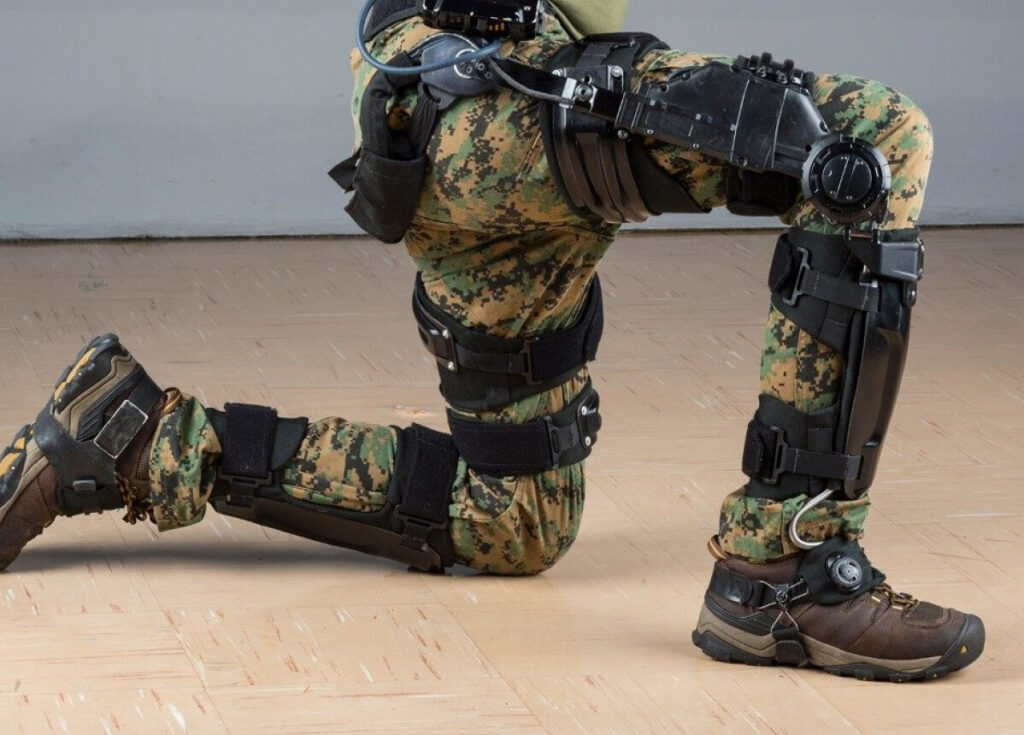Are Exoskeletons part of Your Future Strategy?
Exploring Next Level Technology to Assist in Specified Tasks.
It has been a long dreamed about combination of man and machine -- the annals of science fiction are full of stories that apply the strengths of technology to overcome the physical limitations of humans.
Today, this seemingly impossible notion no longer seems so far-fetched. Exoskeletons that enhance and assist are readily available so many organizations are outfitting humans with exoskeletons that stretch the limits of their physical capabilities, improve task performance, and have a positive impact on the efficiency, effectiveness, and safety of a workforce.
Exoskeletons, which can be passive (mechanical) or active (powered), enhance user mobility or physical strength and alleviate the side effects of repetitive motion. The role of exoskeletons is to assist—not replace—the wearers, who bring the necessary skills to complete specific tasks. Exoskeletons are not robots, but rather tools to help operators perform their tasks, with the benefits of enhancing capabilities, improving efficiencies, and reducing risks.
Because of these potential benefits, leaders across many industries are rapidly adopting exoskeleton technology to keep workers safe and productive in high-pressure, repetitive, and/or dangerous situations. To illustrate this trend, Forbes recently reported that the number of businesses designing, manufacturing, and selling wearable exoskeletons grew 350% from 2015 to 2020. The growth in adoption is being driven by increased knowledge of requirements in design and the repeatability of returns after implementation.
Safety and ease of use continues to improve with each new generation of exoskeleton, and is contributing to the growing success of the technology. As exoskeletons become easier to use, (easy to put on and take off) users have better experiences that lead to enthusiastic adoption and superior outcomes.
Considerations for Your Organization
To fully understand what an exoskeleton can or cannot do for your organization, you must determine the impact you're trying to have. In other words, rather than searching for the best exoskeleton, business leaders and decision-makers should aim to find the right device for the task at hand.
For example, Medical Exoskeletons, many classified as medical devices, are designed to assist in rehabilitation and overall mobility, but can also be adapted to assist with healthcare employees who experience repetitive motions and heavy lifting. In commercial settings, exoskeletons that support the upper body reduce fatigue and improve efficiency. If you have workers who are stretched to their physical limits, you will want to consider whether an
exoskeleton could be a solution. Then you will want to select the closest match for the task at hand and move forward with improving your operations.
.png?width=474&name=Robotics%20Campaign%20Social%20Posts%20(1).png)
Don't Implement Alone
The field of wearable technology is technologically challenging. Exoskeletons even more so. Forward-looking business leaders understand that the benefits of exoskeletons greatly outweigh the challenges, which is why these devices are increasingly moving out of science fiction and in to the advanced workplace.
Boston Engineering has years of experience in evaluating and testing exoskeletons. When you start your evaluation of potential exoskeleton solutions, partner with us to ensure you're performing the right evaluations and analysis for the problem you're trying to solve.
The Boston Engineering team knows that although some exoskeleton designs perform well on certain measures, others may be more effective in your application. When addressing military needs for exoskeletons, current (and future) products have room to improve in terms of form, fit, and function. Get an impartial review of your choices. We can provide a thorough exoskeleton analysis that includes simulations, failure modes and effects analysis (FMEA), lab testing, and field testing.
Contact
For additional information about technical specifications and availability, please contact us at info@www.boston-engineering.com.









.png)
